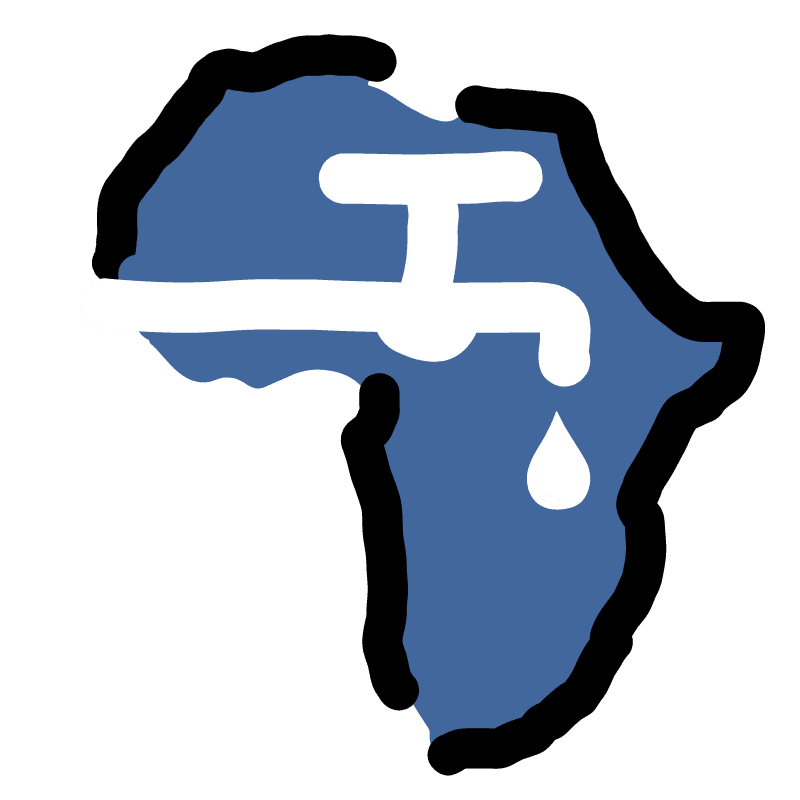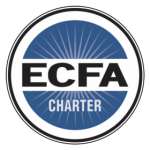Brand Book — Imagery
Our Approach to Imagery
Celebrate God at Work in Burundi
REVISED: 2/19/24 MRO, BT, SLT
Photos and videos are vital to storytelling as they feature the faces of the people served, spanning generations, genders, and regions. The organization’s role in Amazi Water’s story is that of the guide. The person we serve in Burundi is the main character. The message is hopeful, optimistic, and full of dignity. The narrative is not one of charity or begging for money but one of presenting a case to the viewer to join a successful, compassionate guide with a plan. The story of transformed lives, physical and spiritual, will be communicated quickly and clearly.
At Amazi Water, we:
Value Human Life
- Always put people before problems and projects to celebrate and value individuals, their lives, and their stories.
- Beyond a portrait, seek to communicate the person’s story — where they have been, who they are, and their dreams and desires.
Focus on Human Connection
Capture the personalities of individuals in Burundi that draw the viewer closer to the individual in the photograph. Eye contact is critical because it helps connect the viewer with the person we serve — in our communication, we want to connect these two people as quickly as possible. People only give to people. Eye contact can communicate gratitude, sadness, happiness, understanding, anger, fear … so many emotions in a genuine way across the miles.
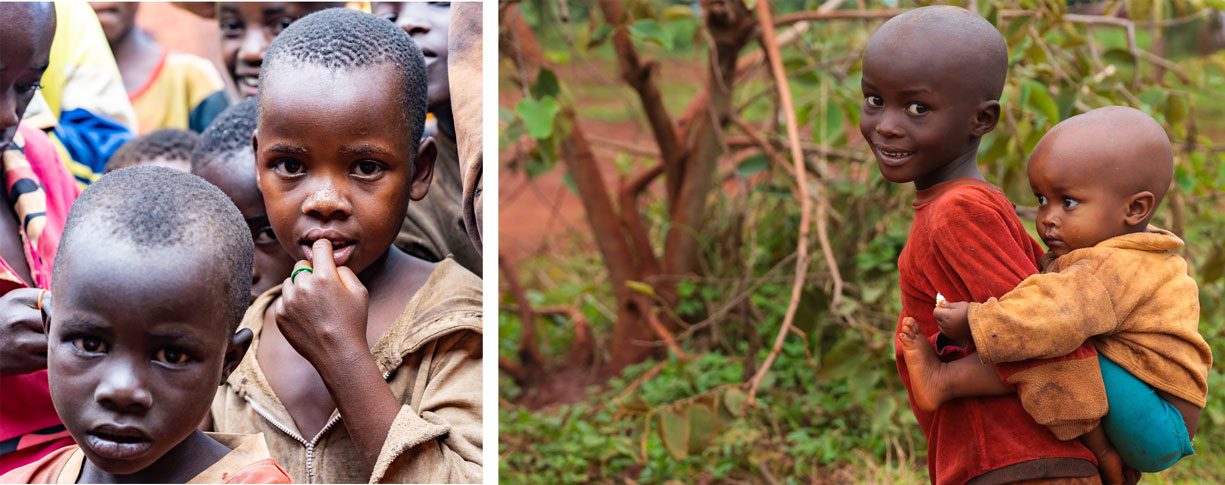
Build Meaningful Relationships
By focusing on people rather than processes or aid, we engage the audience in an experience. Amazi Water strives to give the viewer a behind-the-scenes look at how God is at work to help them feel close and involved.
Demonstrate Impact
We want to draw people close to each other. Photojournalism deals with PEOPLE, while photography deals with making visual images of anything; it uses photography to tell a story. Photojournalism helps to put heart behind the numbers and tell the story of how lives in Burundi are transformed, physically and spiritually, through access to safe, clean water.
Inspire Action
When the public learns of the great need that exists in Burundi, they are left with a sense of angst. Amazi Water serves as a guide who has a plan to both relieve that angst and solve the need for access to safe, clean water. Understandable images with a clear call to action are vital in this process.
Capture Moments of Kindness
Collect images that portray encounters of kindness through contact, gestures, and conversations between people.

Commemorate Beauty and Honor
Find other opportunities or ideas that speak and show God at work in Burundi in the landscape, among people, in nature, etc.
QUALITIES
Amazi Water imagery represents not only our brand but also people made in the image of God. The following qualities are kept in mind as we take and use photos and videos:
Compelling
- It is essential that our images tell a story.
- Present sequential images to show change in people or places — before, during, and after access to a well.
- Joy is part of the story. We are responsible for telling about the serious situation that exists when safe, clean water is not present — that part of the story is very serious. We also get to share the part of the story that is full of joy.

Dignified
- Photos are taken at eye level to emphasize equality among all people. When photos are taken from above, a person’s humanity is reduced, and Amazi Water will only use pictures that celebrate humanity.
- When capturing stories on video, do not force people to say thank you in a prescriptive way. Allow them to say it in their own words if it is natural to do so. Some individuals and cultures are uncomfortable acknowledging donors — we can add the thank you from the organization or the leadership using text.

Authentic
- The people we serve live in difficult circumstances; we tell their stories with hope and dignity. While eye contact is essential, we avoid staged photos.
- We discourage stock except for emergencies. Use stock photos primarily for blurred or semi-transparent background images.
- Some non-profit organizations have used AI to create subjects and content to allow viewers to see the difficult side of life. Amazi Water has decided to only adopt this medium for purposes of background uses and removing distracting elements from a photo as part of our commitment to establishing and maintaining trust with the public.
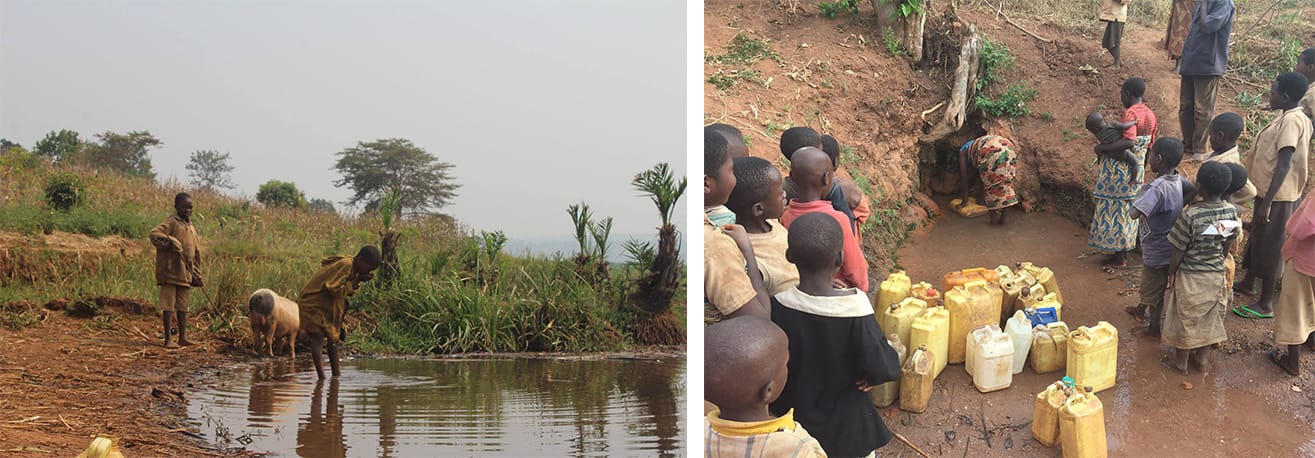
Diverse
- We strive to show the diversity of the culture we serve through our photography. The culture, gender, and age of the people in the photos should be considered when choosing a photo for materials.
- We also show the diversity of our work – some of the elements are beautiful in and of themselves, like the photo of the man in red pants with the yellow bucket. The texture of the walls contrasting the motion of the water creates a beautiful action shot.
- The bulk of our photos should be of people from Burundi in the communities where we serve. Our teams can be in the background in some pictures, but we tell the story of the transformed life. We want to avoid the appearance of the organization being the hero.

Clear
- Our pictures are vivid and clear, with a strong depth of field and good lighting. They should be at least 300 dpi (3000 pixels wide x 2000 pixels tall), and the raw, unedited files should be stored as JPG, PNG, TIFF, raw rather than embedded in PDFs, PowerPoints, or Word documents.
- No filters or treatments (such as fisheye) are used in the field.
- Photos are taken with a wide crop, giving ample room around the subject to provide copy space. This also allows graphic artists to crop photos as needed. Photographers allow the graphic artist to crop the photo to the size needed rather than cropping them because we need to use each photo in many formats.
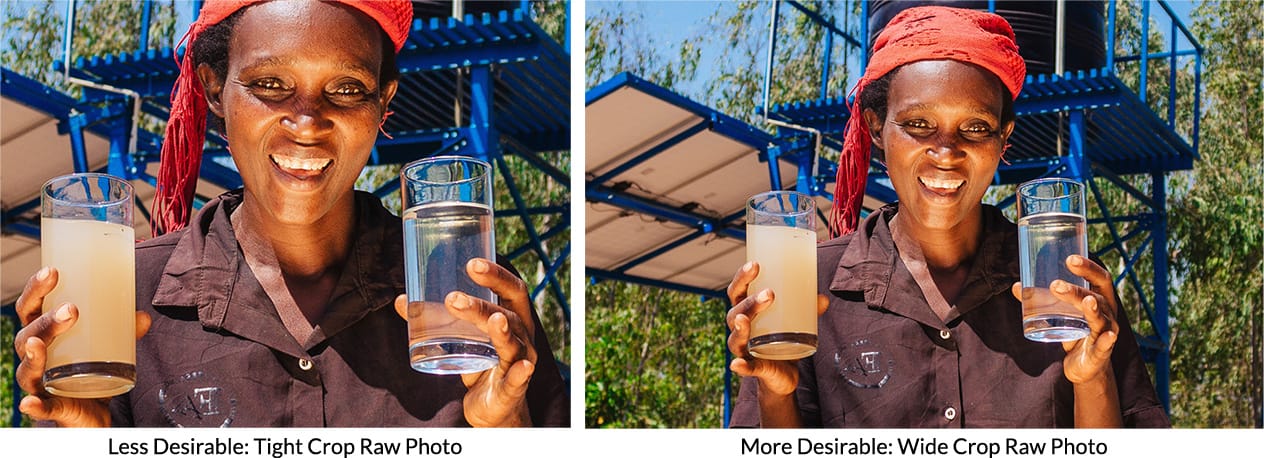
Congruent
- Photos from the organization are congruent with our work. For example, part of our programming relates to sanitation. Our photos reflect good hygiene habits.




